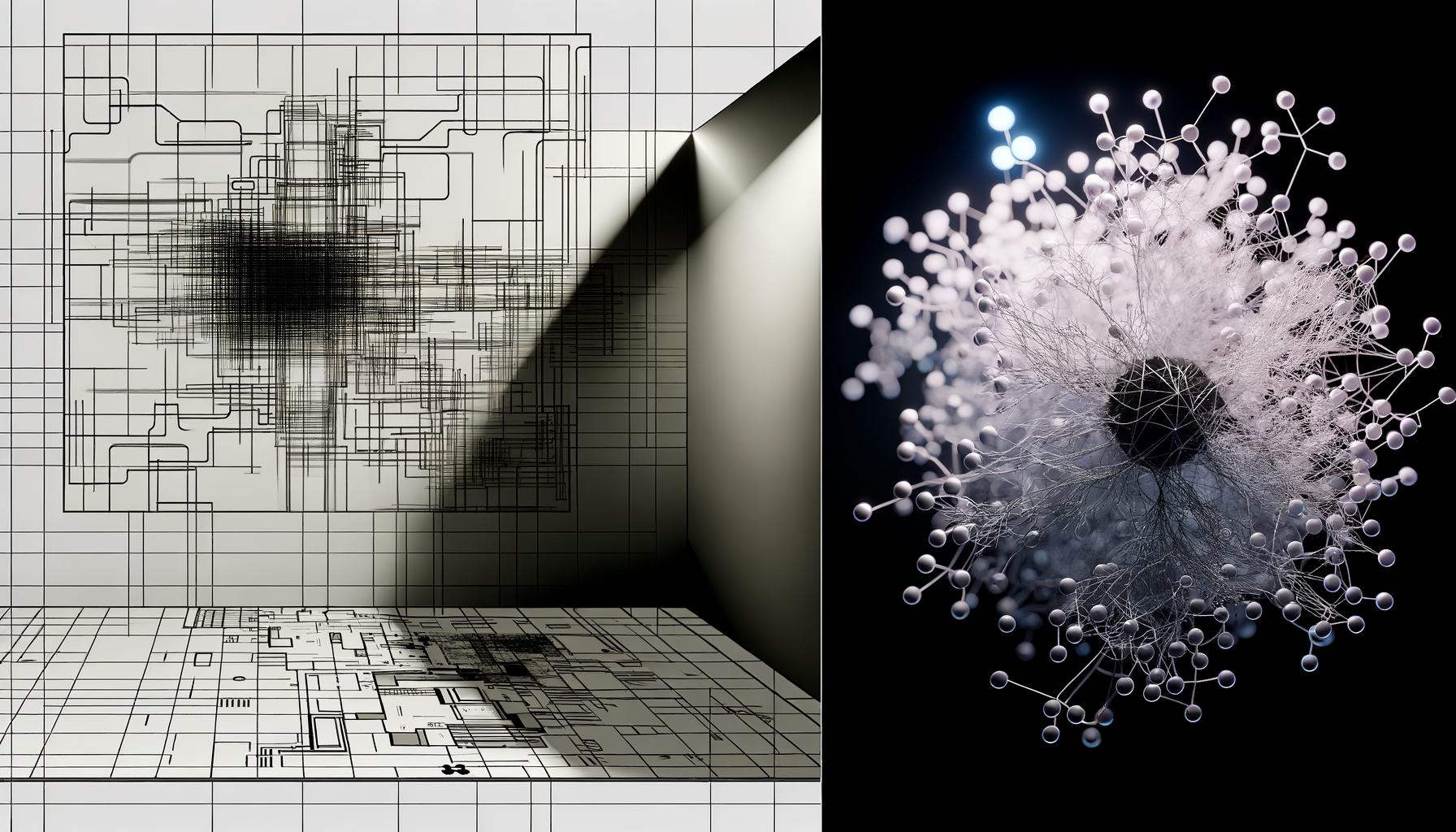What if the decisive edge in tomorrow’s wars isn’t superior firepower or cyber prowess, but the invisible intelligence commanding your forces—faster than any human brain?
The Emergence of AI-Native Command: More Than Just Faster Decisions
The last twelve months have witnessed a quiet but seismic shift inside the military industrial complex—a shift that promises to leave behind even today’s highest-profile AI advances in intelligence, surveillance, targeting, and logistics. In the past, all the talk was about using artificial intelligence as a tool: AI-powered image recognition, signal analysis, predictive maintenance, autonomous drones. But the true leap in military AI is right now being forged in the cockpit of the command center itself.
From Decision Support to Decider-in-the-Loop
Traditional AI platforms augment commanders: surfacing better insights, highlighting threats, suggesting courses of action. Multi-domain Command and Control (MDC2) systems—when driven by unified, large-scale AI architectures—fundamentally invert this paradigm. AI is not a passive assistant but takes the helm: aggregating sensor data, reasoning across domains, dynamically tasking assets (human and robotic), even initiating or de-escalating actions based on strategic context in near-real-time.
The defining battles of the next decade may be those where command itself is a machine—humans simply monitor, authorize, or override in exceptional cases.
Unified Architecture: The Hidden Key to Multi-Domain Dominance
Why now? Only recently have breakthroughs in unified AI architectures made it possible to synchronize across all operational domains—land, air, sea, cyber, and space—on a single decision-fabric. Instead of stovepiped battlefield AIs, the latest MDC2 systems are engineered as modular, collaborating agents operating under one orchestrating intelligence.
- Instant sensor-to-shooter cycles: Directly connect satellite, drone, radar, and geospatial feeds to fire control and electronic warfare assets—without human bottlenecks.
- Cross-domain threat fusion: Integrate signals from cyber anomalies, underwater drone patterns, and tactical ground units into one cohesive threat operating picture.
- Real-time asset retasking: AI rapidly queues and redeploys teams (manned, robotic, or mixed) on shifting objectives as adversaries adapt.
Case Study: Last Month’s Quantum Leap in Field Experiments
In May 2024, leading militaries quietly ran exercises pairing unified AI systems with distributed autonomous vehicles, satellite constellations, and cyber sensors. The AI-driven MDC2 platform triggered actionable responses—such as reassigning drone swarm defense, launching EW countermeasures, and shifting satellite surveillance windows—across four domains in sub-minute cycles. Human oversight was present, but most responses were fully AI-coordinated, with after-action reviews showing a 300% improvement in time-to-tasking and an 85% reduction in operational friction between service branches.
Beyond Coordination: AI as Autonomous Command Entity
What happens when machines not only execute, but negotiate with one another? Picture negotiation protocols where AI agents representing air, naval, cyber, and satellite assets prioritize conflicting requests according to global mission logic and adversary intent modeling—no longer requiring a central human commander to debate every choice. These autonomous C2 systems are capable of high-level strategy simulation, wargaming possible outcomes, and even proposing information operations while anticipating adversarial AI behavior.
Risks: Fragility, Escalation, and the Human-in-the-Loop Problem
This evolution is not without risk. AI-native MDC2 raises profound questions:
- Escalation Control: If AI systems act on ambiguous sensor alerts, could autonomous retaliation spiral faster than humans can respond?
- Systemic Fragility: What happens if adversary cyber units compromise command software? Could this expose the entire force to synchronized misdirection?
- Accountability: With machines making and executing battlefield decisions, who answers for catastrophic outcomes?
Addressing these questions demands rigorous, built-in guardrails: explainable AI reasoning trails, cross-checks with independent digital twins, and explicit human override tokens when rules of engagement are exceeded or uncertain.
If you’re planning for tomorrow’s joint operations with yesterday’s AI, you’re already obsolete.
The Competitive Intelligence Imperative
Global adversaries are not waiting. The geopolitical arms race for autonomous MDC2 is in full swing. In recent months, at least two major actors have trialed AI-native control of satellite, drone, and SIGINT assets, measuring not just speed but cross-domain deception and resilience against jamming or data manipulation. The operational divide between simply using AI and being commanded by it is now the critical battlefield variable.
How to Future-Proof Your Military AI Strategy
- Audit C2 Infrastructure: Is your C2 fabric architected for modular AI agent integration—across all domains and with real-time failover?
- Test Human-AI Teaming Models: Are you routinely exercising scenarios where AI recommends, initiates, and adapts multi-domain operations, with humans as high-level supervisors?
- Prioritize Simulation & Digital Twins: Are your AI-generated courses of action stress-tested against adversarial red-teaming and operationally validated?
- Build AI Command Transparency: Do your AI systems generate verifiable audit trails for every action prioritized, every negotiation conducted, and every retasking decision?
- Train for Surprise: Do your commanders drill for AI-originated decisions—especially the unexpected or counterintuitive?
Conclusion: Don’t Let Command Become Your Weakest Link
The next historic leap in military AI is not merely about edge-case autonomy at the tactical periphery. It is about re-imagining the very heart of command—and building trust, oversight, and reflex-speed decisioning into digital brains that will make, break, and reshape every future operation. Standing still means being outmaneuvered before you even realize the fight has begun.
The center of gravity in military AI is shifting—those who master AI-driven MDC2 first will define twenty-first-century warfare.





